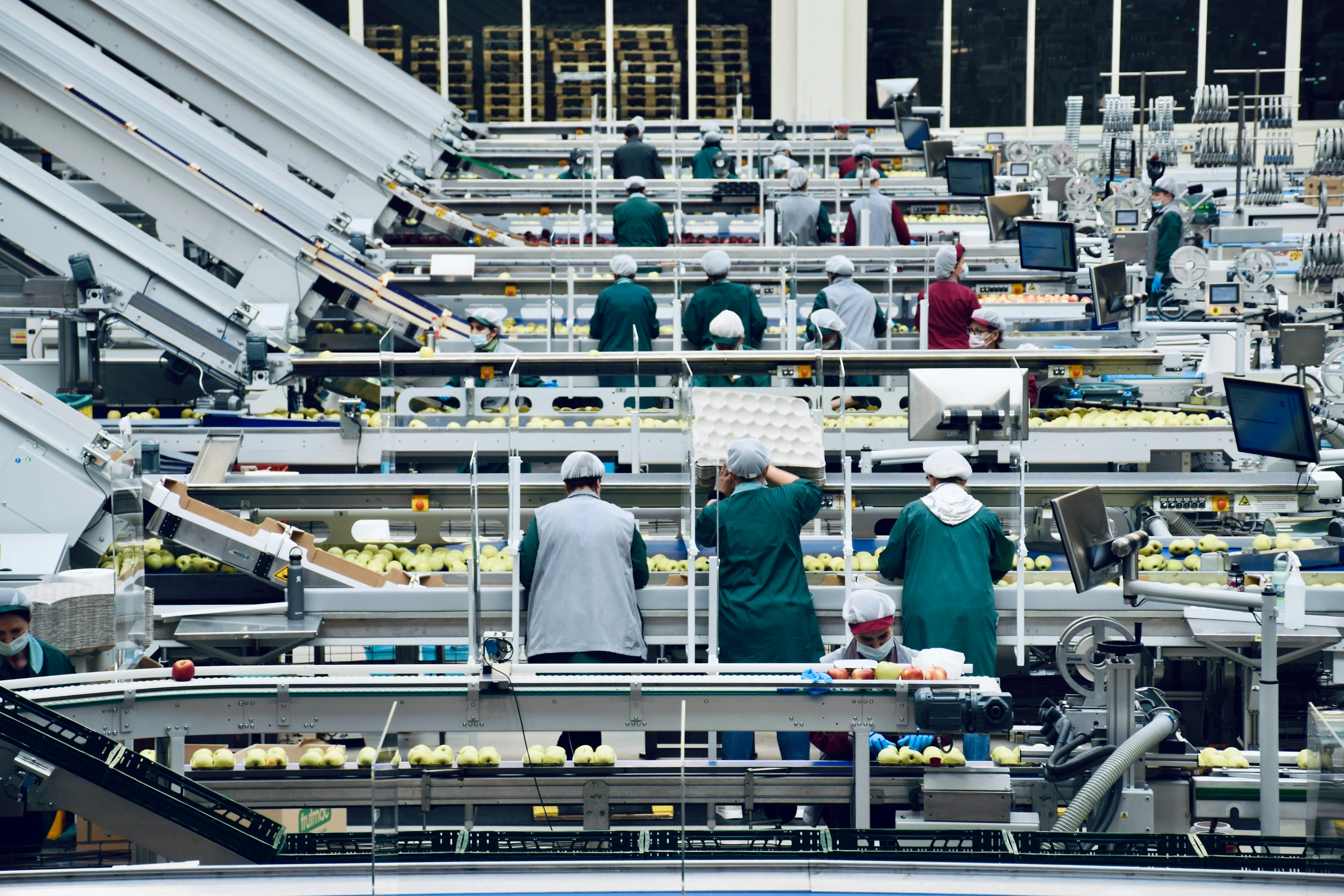Edge has been pioneering the use of Social LCA to help our clients address risk and compliance. Here’s a little snapshot of what it’s all about.
The term Life Cycle Assessment (or LCA) originally was coined as an approach that investigated the full environmental impacts of a product, service or organisation from cradle (origin) to grave (disposal). Backed up by large datasets and years of continuous scientific input, LCA is able to reliably measure, compare and unravel the impact of a number of things, from buildings to coffee cups to washing powder.
Sounds complicated and maybe even niche, but I argue it’s not. When someone buys a reusable water bottle because they’re concerned with all the plastic waste, or Fairtrade chocolate because they care about the treatment of cacao farmers, or LED lights because they’re better for the environment… That’s life cycle thinking in action!
You probably know of LCA in the shape of a carbon footprint. Carbon footprints are one popular output of LCA and what they tell us is a measure of how much climate change is caused by a product or activity. Similarly, social LCA will tell us the social impacts that are caused by a product or activity. In environmental impacts, like the carbon footprint, LCA shows us where the impacts are coming from, even if the source sits out of sight. The footprint of milk will likely have been caused by the feed given to the cow. Likewise, the social impact of a T-shirt won’t likely be in the retail store you got it from, but in the factory where it was sewn or the community in which the factory worker lives.
Why care?
There are several drivers for companies to try to understand where the social impact hotspots are in their activities and their supply chain. The first, and most pressing reason is legislation. The Modern Slavery Act 2018 set to be introduced by the end of the year will require organisations with a turnover of $100 million or more to publish a statement disclosing what they’re doing to stop modern slavery in their supply chains.
The second, connected reason is managing your reputational risk. Think of all the bad press and then some more that the main Australian supermarkets receive from being associated with supplier malpractice. But perhaps the most noticeable examples come from the Fashion and the Tech sectors, with giants such as Nike, H&M and Apple being exposed to having slave labour and poor working conditions in their supply chains.
The third reason is governance. You can’t manage what you don’t measure. A social LCA provides the metrics and indicators required to measure and subsequently manage your supply chain in an effective way, specifically through policies and procurement procedures that are passed down to your supply chain.
Social LCA plays into due diligence in this space. If you understand where your social impact hotspots are likely to be, you can target your procurement policies and pre-empt issues.
How does it work?
It might seem impossible to pinpoint where in your supply chain the risk might be. You have suppliers, your suppliers have suppliers and their suppliers have suppliers… Most fairly complex companies only have partial visibility into the first tier, while the second tier is more often than not in completely murky waters.
We use social life cycle assessment to discern where these blind spots might be.
Essentially, we map the products and services procured by companies onto global datasets that compile information on how prevalent certain social issues are. The prominent tool we use is the Social Hotspot Database. The Database quantifies social issues, from child labour to corruption, in over 100 countries and across all main economic sectors.
In essence, if we know how much money flows from one company into a certain industry in a certain country, we can quantify the potential social impacts associated with that flow. It’s like putting spend sheets and budgets through the social impact detector. Where it beeps there’s a risk, which could be nothing but better check it out more closely.
We’ve done this exercise for products, projects and entire organisations. In the end we get a good picture of which procured goods and services are more likely to bear risk of social impacts such a modern slavery, health and safety, etc.. Once that is known, it becomes manageable through sustainable procurement processes.
Why not both?
When combined, environmental and social LCA form a powerful diagnosis and progress tracking tool to support good corporate citizenship. With clients that are aiming for strategic outputs, we show them entire maps of where the environmental AND social hotspots lie across their activities or the life cycle of their products. Hotspots that are material to the business or that speak to the corporate identify, shape the handprint of their sustainability strategy. At the product level, the information can be used to drive responsible design and supplier decisions.
Combine environmental and social LCA with the framework of the Sustainable Development Goals, and you are well on your way to your sustainability strategy.
If you would like to discuss how your company can take control of its due diligence and modern slavery risk, get in touch with Nicole Thompson (nicole.thompson@edgeimpact.global)








